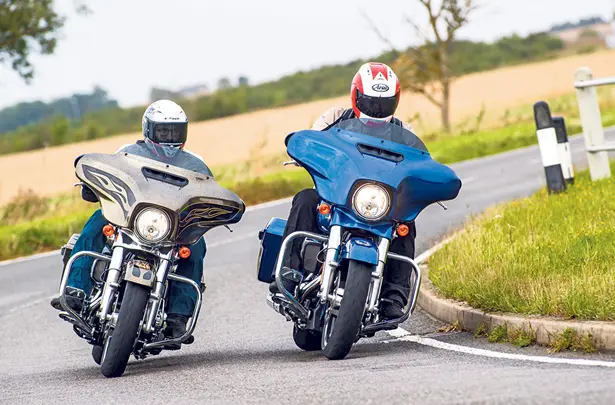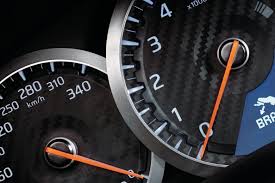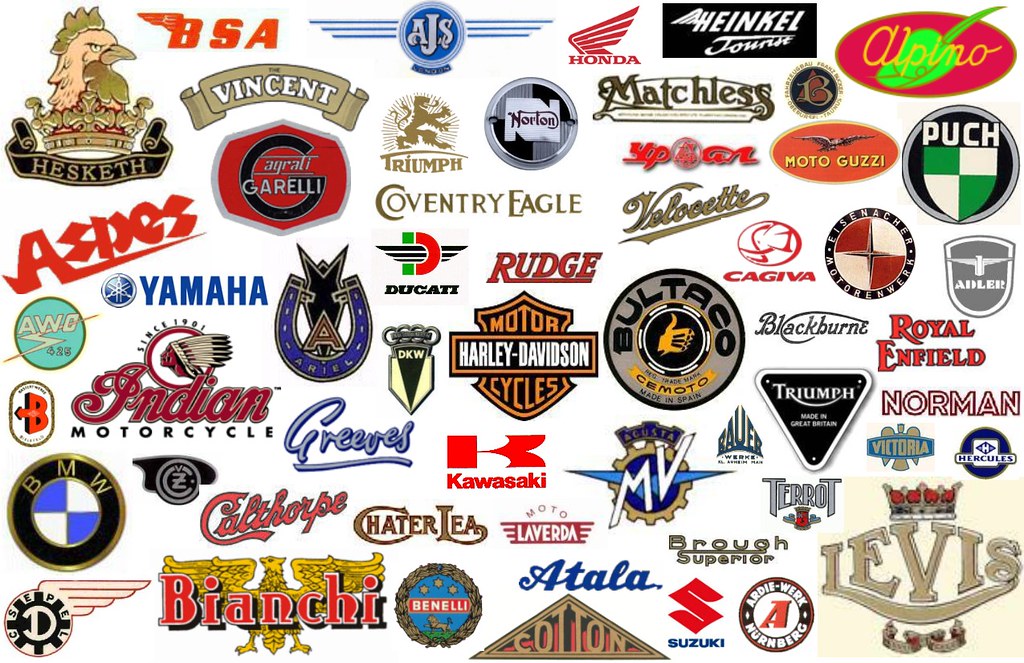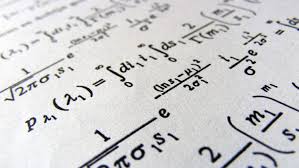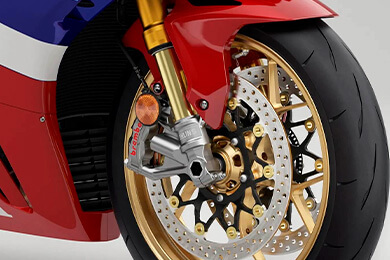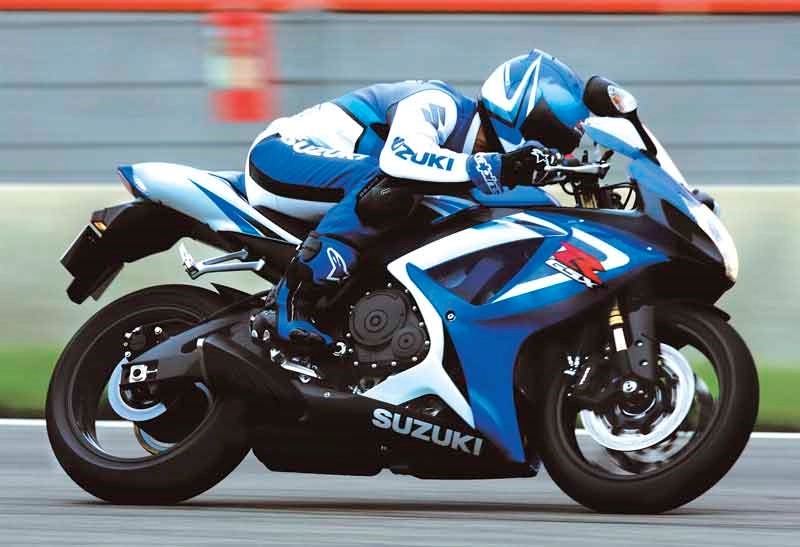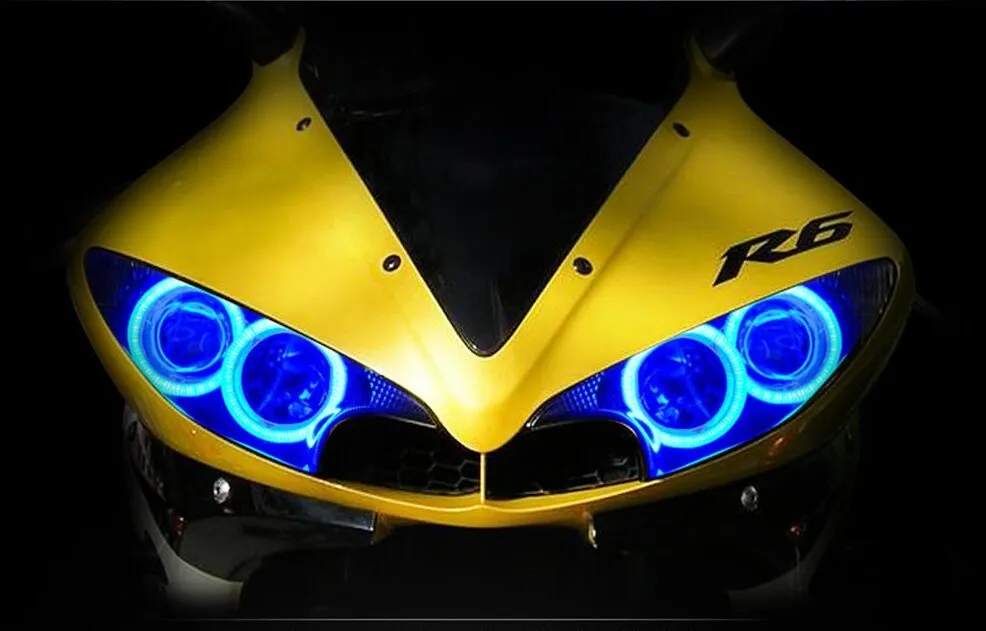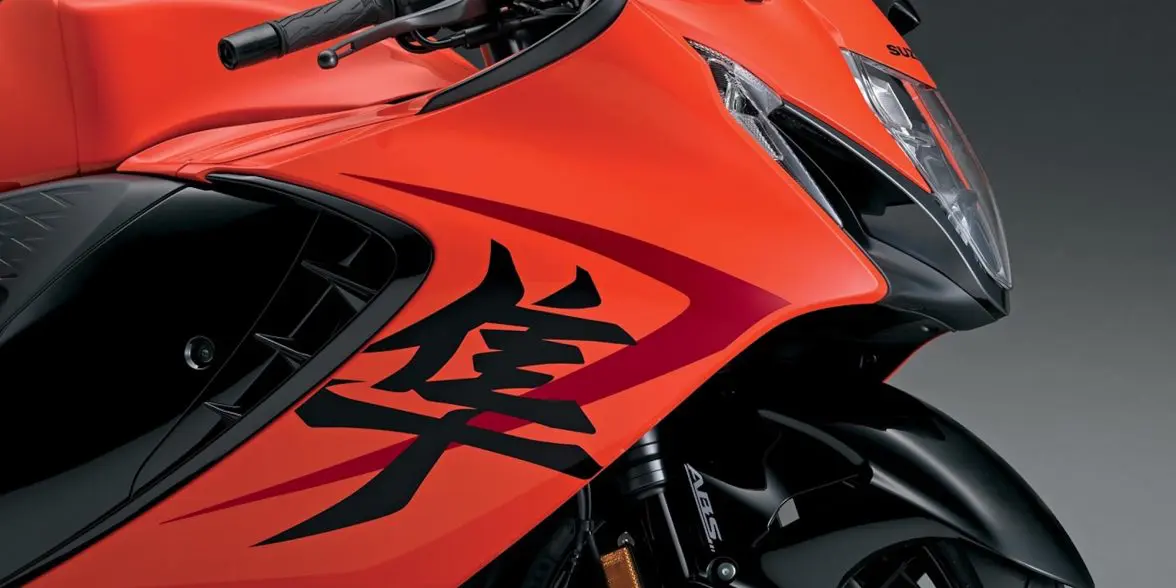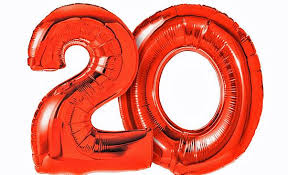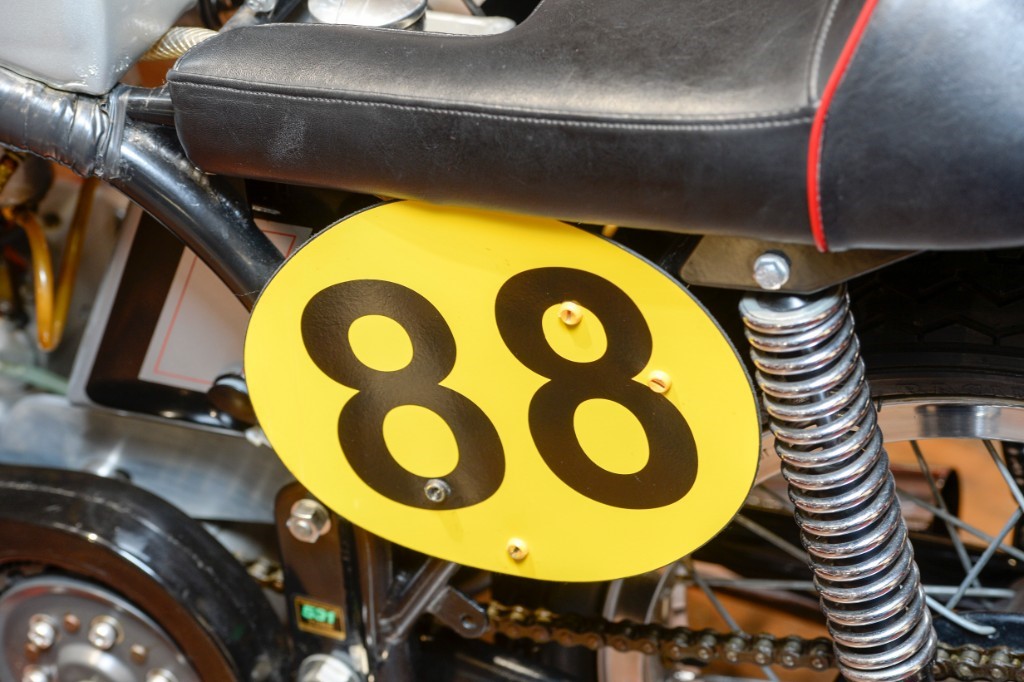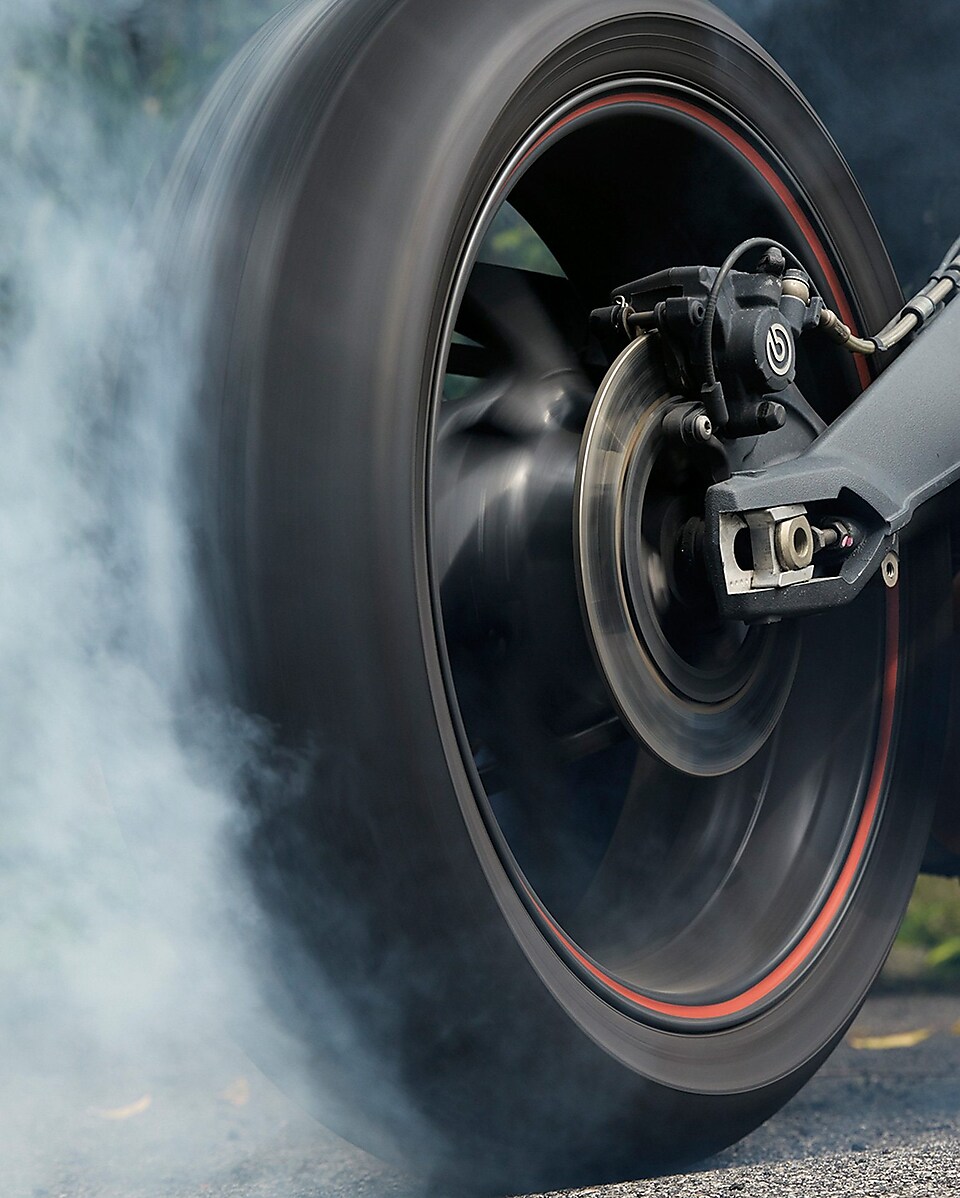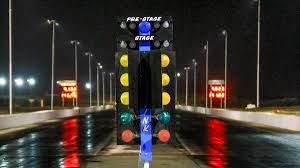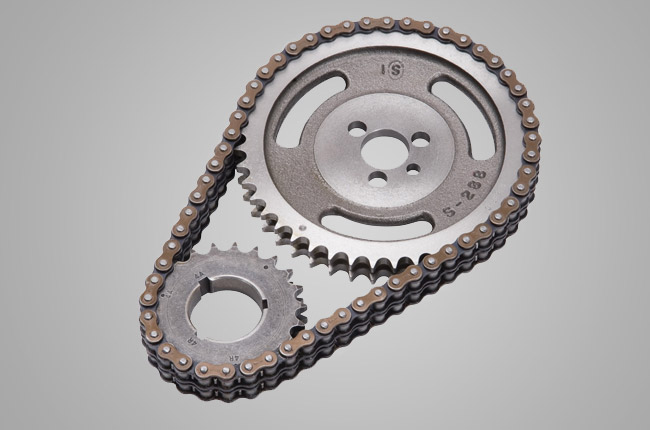
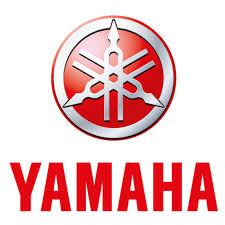

This edition of the Yamaha XJR 1300 DOHC is the 5 speed / Manual version and was first brought out in 2005. This was at around the same time as the introduction of the 2006 Suzuki GSX-R 1000 DOHC and the 2006 Suzuki GSX-R 1000 Phantom.This particular Yamaha XJR 1300 has a 1251cc Air cooled, Two stroke, Wankel Petrol powerplant with 4 cylinders and Carburettor.
The 2005 XJR 1300 shares its Wankel engine and Standard style configuration with the likes of the 1989 Suzuki GS 500 E and the 1966 Norton Dunstall 750. Alternatively, if you're looking for other bikes which share the XJR 1300's Standard style with a similar size of engine then how about the 2020 Kawasaki ZX 1000 Ninja H2R | 2020cc.2019 Kawasaki ZX 1000 Ninja H2R | 2019cc.
Weighing in at 240 kgs (529 lbs) this makes the Yamaha XJR 1300 DOHC in the same weight category as the 2025 Kawasaki Z 900 DOHC or the 2025 Kawasaki Z 900 DOHC SE, give or take 50kg.
In terms of power the 1251cc 16 valve Wankel 4 cylinder engine produces 106 bhp (79 kW) @ 8000 rpm similar to the 2025 Kawasaki Z 900 DOHC [123 bhp (91 kW) @ 9500 rpm] or the 2025 Yamaha MT-09 Y-AMT [117.4 bhp (87 kW) @ 10000 rpm].
The DOHC Two stroke unit throws out torque of 72.3 lb-ft (98.0 Nm) @ 6500 rpm placing it alongside motorbikes of similar performance figures such as the 2025 Kawasaki Z 900 DOHC [73.0 lb-ft (99.1 Nm) @ 7700 rpm] and the 2025 Honda X-ADV 745 [50.9 lb-ft (69.0 Nm) @ 4750 rpm].
If one combines the weight with power or torque performance for the Yamaha XJR 1300 you can get a better idea of it's real world performance.
The 2005 Yamaha XJR 1300 DOHC has a Power to weight ratio of 441.6 bhp per ton and 301.2 lb-ft per ton. Bhp Per Ton figures of the 2005 XJR 1300 competing with the 2019 Suzuki GSX-S 750 Z [465.9 bhp\ton] and the 2017 Suzuki GSX-S 750 Z [465.9 bhp\ton].
If you agree with the late great Carroll Shelby, then arguably an even better indicator of potential performance is Torque. Factor weight into the equation and you end up with - Torque per ton, with the Yamaha XJR 1300 generating around 301.2 lb-ft per ton. If you're curious as to what other motorbikes have as much torque to weight then look no further than the 2018 Honda GL 1800 Gold Wing Tour Airbag [325.8 lb-ft per ton] and the 2022 Honda NT 1100 Manual [325.2 lb-ft per ton].
With a 0-60mph time of 8.4 secs or a 0-100km/h (0-62mph) of 8.6 secs, this makes the Yamaha XJR 1300 DOHC similar in acceleration to the 2021 Suzuki GSX-S 950 R Limited Edition by Ad Koncept (8.4 secs) and the 2021 Suzuki GSX-S 950 DOHC (8.4 secs). This Yamaha XJR 1300 DOHC also competes in terms of 0-60 mph and 0-100km/h with the 2018 Honda CB 250 R Neo Sports Cafe (0.0 secs) and the 2020 Norton Superlight SS (0.4 secs).
![Yamaha FZS 1000 Fazer - [2002] image Yamaha FZS 1000 Fazer - [2002] image](/editionimages/b/default.jpg)
Quarter Mile time is a close race between the 2005 Yamaha XJR 1300 DOHC and the 2002 Yamaha FZS 1000 Fazer
When talking about the performance of the 2005 Yamaha XJR 1300 DOHC on the drag strip it can reach a quarter mile in an estimated 10.6 secs @ 0 mph. Bikes with a similar performance down the quarter mile can be found in the 2002 Yamaha FZS 1000 Fazer (10.6 secs) and the 2014 Kawasaki Ninja 1000 DOHC (10.6 secs).
The 2005 version of the Yamaha XJR 1300 DOHC has a maximum speed of 139mph.
If maxing out your bike on the AutoBahn is your thing and you're wondering what's faster at the top end than the 2005 Yamaha XJR 1300 DOHC then how about a 2024 Yamaha XSR 900 GP JDM (150 mph) and the 2024 Yamaha XSR 900 GP (150 mph).





